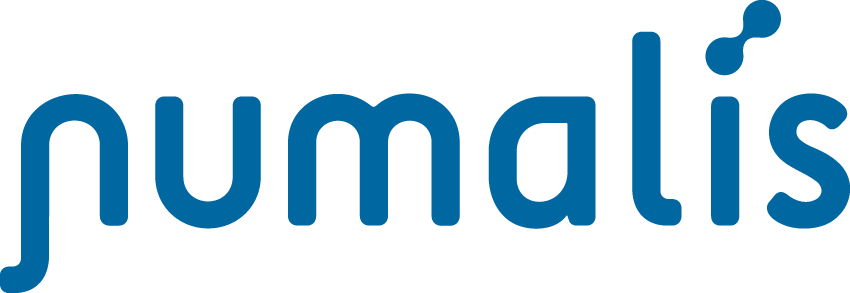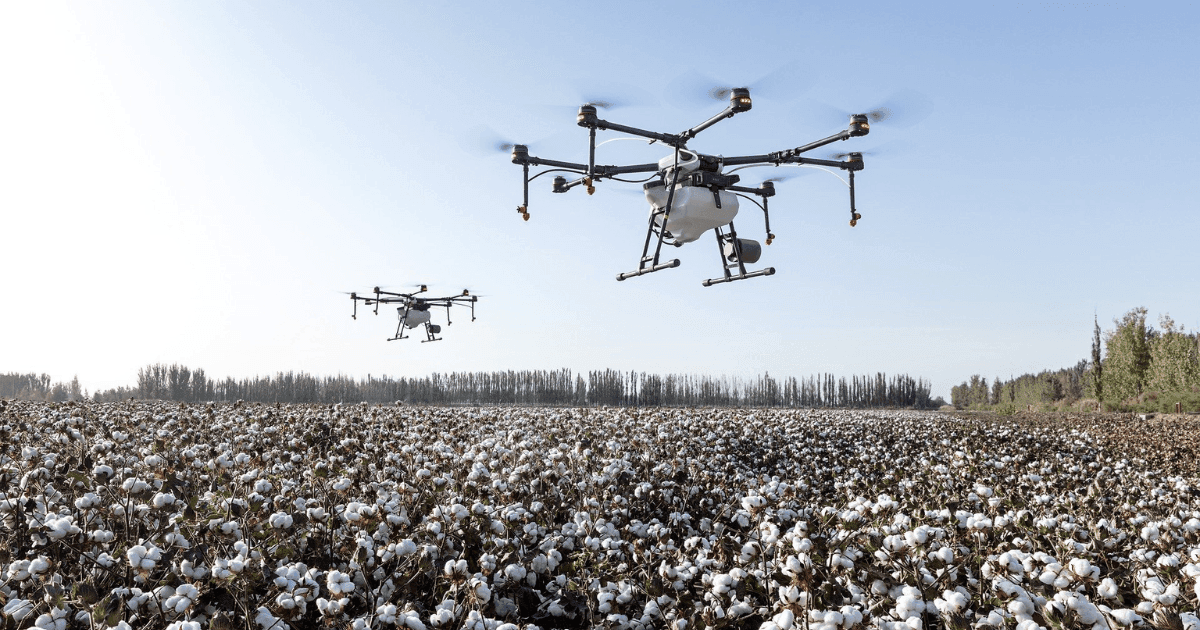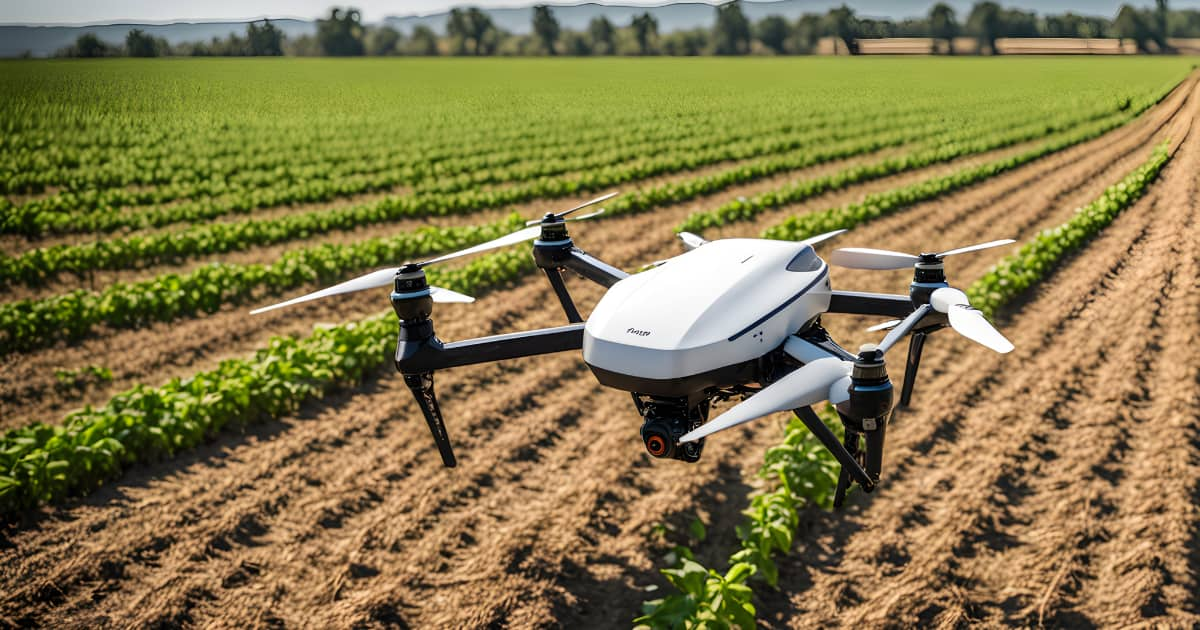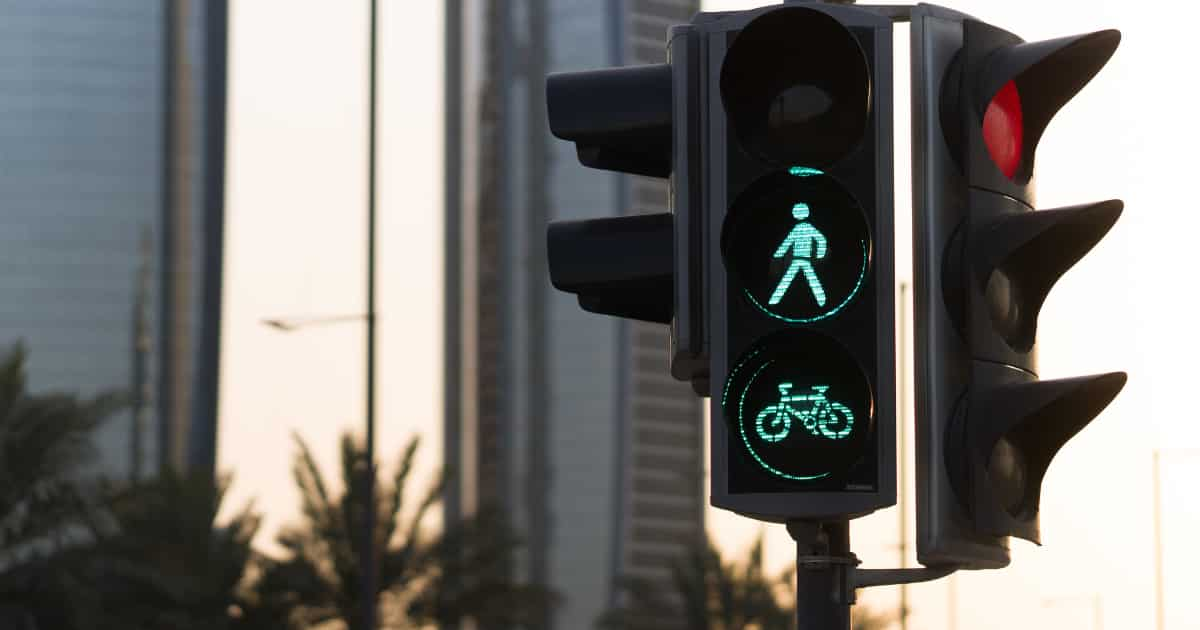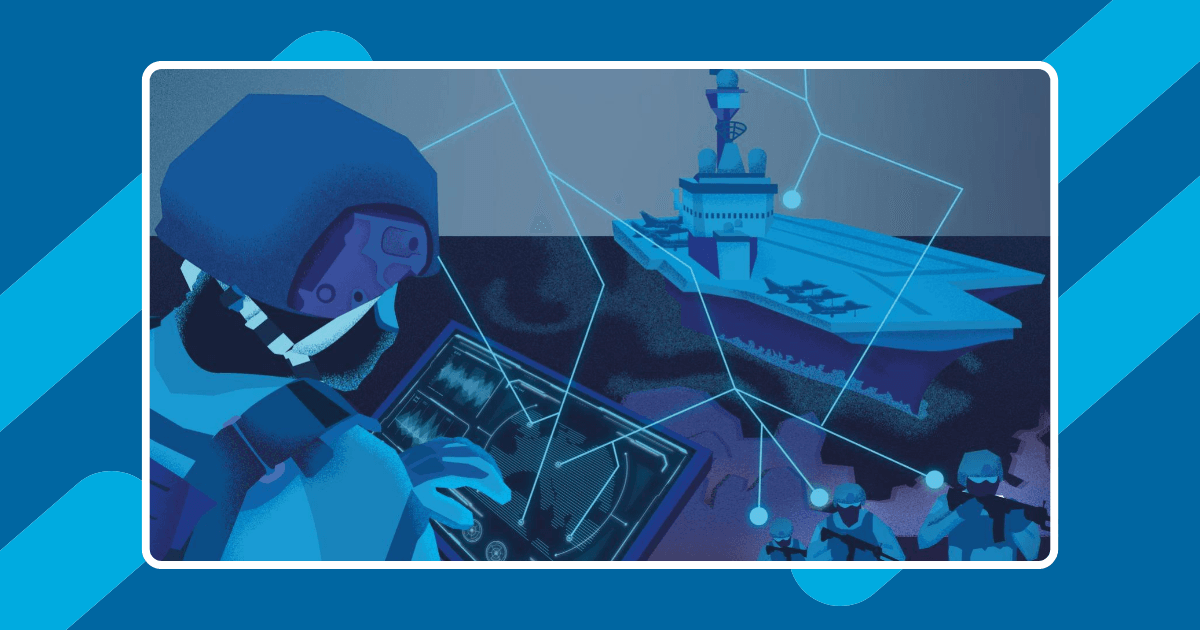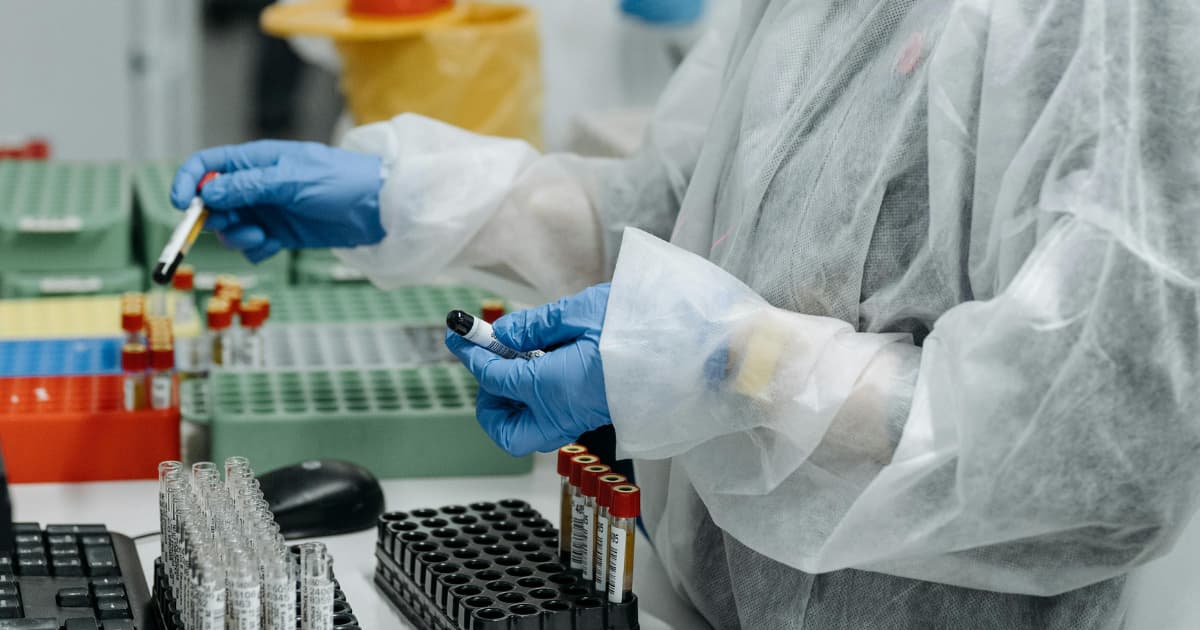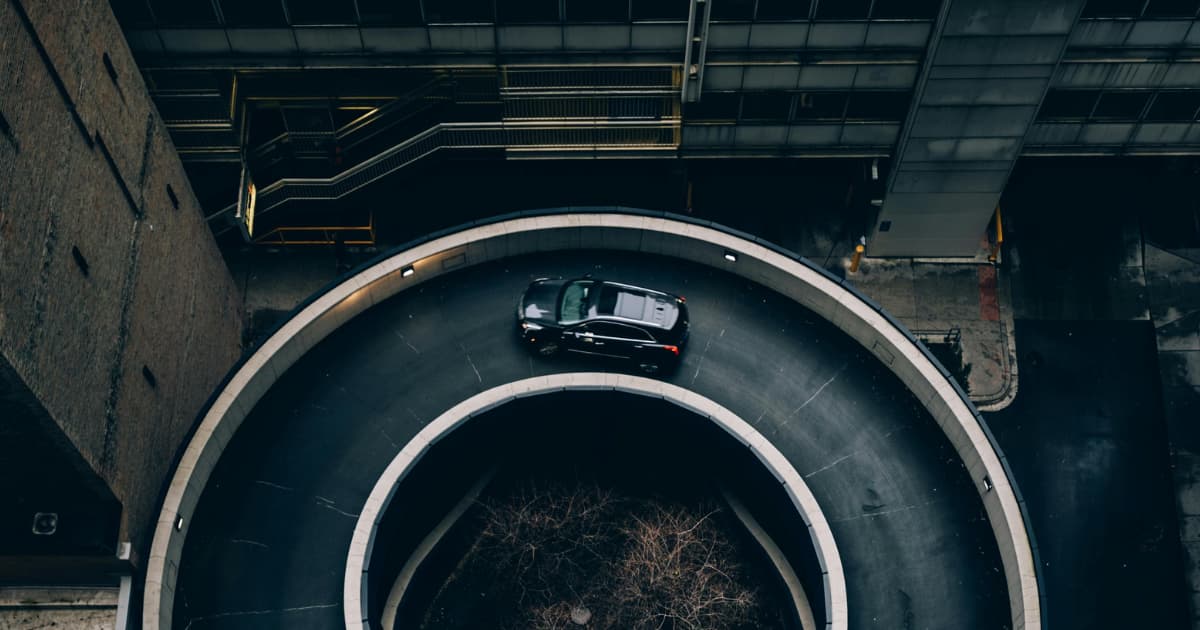According to “Drone Market Report 2020,” global drone market will grow from $22.5 billion in 2020 to more than $42.8 billion by 20251.
Since the introduction of remote-controlled flight in 1935 to create training targets for the military2, technology of drones has constantly improved. Although their applications were initially limited to the military, the drone market has expanded into the civilian sector as well.
According to 2020 drone market report, the service market (drone events, maintenance, simulation) is now the largest drone industry segment. However, the software market (data analysis, fleet management, navigation/computer vision/AI) is the fastest-growing. This growth can be observed worldwide, with Chinese, Japanese, and Indian markets in constant increase.
On the one hand, this success is due to the decrease of cost components as well as the miniaturization of technologies that have made the democratization of drones possible. And on the other hand to the improvement of AI technologies. The integration of AI in drones has effectively allowed the automation of detection services such as structure inspection or surveillance of sensitive areas. The combination of processor miniaturization and progress in AI has thus allowed the scope of application of drones to be extended.
The technology of drone piloting by AI
Drones are defined as unmanned aircraft with automated or remotely controlled piloting, for civilian or military use3. While initially, AI technology embedded in drones focused on analyzing its environment for surveillance and detection, it now focuses on automated piloting.
Following this approach, researchers from the University of Zurich organized a race to prove the efficiency of their new AI on rough terrain. This prototype beat two professional pilots, one of whom was the Swiss drone piloting champion. This is the first time that a drone managed to outperform humans in this type of race4. To do so, the drone used an AI linked to a computer vision algorithm to detect the different objects around it and thus ensure self-navigation in real-time.
In support of computer vision, other technologies can improve the navigation process. Indeed, outdoor piloting is most often based on GPS coordinates to predefine the optimal path between its starting point and its arrival point and to recalibrate itself in case of deviation from its trajectory5.
Nevertheless, GPS cannot be used in all conditions. While GPS offers the possibility of determining the best route outdoors, it is not sufficiently precise indoors, or even unavailable in combat zones. Indeed, so-called “denial of access and area interdiction” strategies can be, for example, implemented to hinder the adversary’s maneuvering through GPS jamming systems6. Also, for drones evolving at very high speed, it is difficult to use GPS because of its latency.
Many solutions are therefore being studied to remedy the lack of GPS signals. One of them is the SLAM system. SLAM algorithm for “simultaneous localization and mapping” is an embedded algorithm with a double objective which is first, the mapping and the representation of an unknown environment, and then locating the drone in this one7. The SLAM is applied for detection of indoor environments (which the GPS cannot achieve).
To collect data, the algorithm uses LiDAR. This tool is based on telemetry to map an area through clouds of points. Drone emits lasers in different directions to measure the distance between it and objects to position itself in a 3D space.
The piloting can therefore be ensured by the combination of a set of different tools (SLAM, LiDAR, GPS, etc.) each having a specific task: detection of objects, mapping of its environment, and positioning of the drone. Nevertheless, it remains complex to automatically modify the drone’s trajectory if it is moving indoors or at high speed. In this case, AI takes over drone piloting because it can understand its environment in real-time and can continue to operate in absence of a signal.
Application of AI in drone
While a drone does not allow for full autonomy today, the technological advances made have still offered some automation of systems. AI enabled drones are now an alternative to existing solutions for solving problems in several application areas8.
Security
Several companies are deploying drones dedicated to automated surveillance and inspection of industrial sites9. A case of automated surveillance of an industrial zone can be done as follows. The area to be monitored is crisscrossed by boxes containing a drone, which protects them from meteorological hazards and serves as charging stations. These stations are themselves connected to the VMS (Video Management System) of the site. This system includes all the security sensors (cameras, radar, etc.) spread over the industrial zone.
Then, either by an alert from the sensors or by a pre-programmed mission, a drone automatically flies to navigate on the site and examine the area. If the drone recognizes an anomaly in the environment, for example, the presence of an intruder or a suspicious vehicle, it alerts the security forces who will be able to follow the mission from the VMS. Once the alert is lifted, the mission is over and the drone automatically returns to its housing.
In this way, drones guarantee the security of industrial sites without interruption and without taking unnecessary risks for the security teams.
Detection and maintenance
There are multiple AIs dedicated to the identification, among which we can mention the neural network of Deep Learning “Neurala”. The latter allows drones to inspect crowds to identify specific people or suspicious behavior. It is also used by the Lindbergh Foundation to fight poaching in Africa. The drones monitor elephant territory and alert the presence of poachers long before they can act10.
In addition, this AI is capable of inspecting large industrial structures, such as telephone towers or buildings under construction to detect incidents. The construction sector has understood the advantage of engaging this technology on a large scale. The sector plans to invest 11.2 billion dollars in drones over the next 5 years to facilitate detection of possible design flaws on construction sites, study of building sites, or mapping of sites11.
Conclusion
The combination of more compact components and increasingly accurate AI has enabled the automation of a multitude of BtoB services by drones. In addition, AI has become a valuable tool for drone piloting as it allows drones to maintain their performance by allowing them to navigate in hostile or previously unknown areas.
Until recently, drones were seen as systems with embedded AI to increase their capabilities (piloting, detection…). These AIs generally rely on Deep Learning-based technologies to perform the data fusion necessary for their action. In this context, the resilience of the system is often ensured by redundancy to increase the robustness of the systems through the duplication of components12. This design choice is often used in military or critical missions.
At the same time, the emergence of AI-based on distributed intelligence also makes it possible to consider using drones in swarms. Unlike redundancy, where all agents are seen independently of each other, so-called multi-agent systems (MAS) are systems composed of several agents with more or fewer degrees of freedom, which interact with each other to accomplish a common goal. The decision is not centralized but the objective is reached through the self-distribution of the agents. Applied to drone fleets, this architecture is composed of drones equipped with a specific AI dedicated to image processing, and of an AI (SMA) allowing the swarm to collectively achieve its mission13.
The case of ADMs demonstrates the possibilities of using several types of AI simultaneously in a global system. In this respect, distributed intelligence could become a model to follow for the next generations of automated UAV swarms14.
- Drone Market to Grow from $22.5 Billion in 2020 to Over $42.8 Billion by 2025, at a CAGR of 13.8% – ResearchAndMarkets.com ↩︎
- A Brief History of Drones | Imperial War Museums ↩︎
- Unmanned aerial vehicle – Wikipedia ↩︎
- Video: AI beats world champions in drone race | Aerospace Testing International ↩︎
- How AI-Based Drone Works: Artificial Intelligence Drone Use Cases | by Vikram Singh Bisen | VSINGHBISEN | Medium ↩︎
- AI Fundamentals: The Evolution of AI in Drone Systems ↩︎
- Simultaneous Localization and Mapping (SLAM) and Data Fusion in Unmanned Aerial Vehicles: Recent Advances and Challenges ↩︎
- Artificial Intelligence in Drone Technology ↩︎
- Azur Drones séduit TotalEnergies pour assurer la surveillance automatisée de ses sites ↩︎
- How AI Works in Drones & 13 Examples – Artificial Intelligence ↩︎
- How drones and artificial intelligence can be used together ↩︎
- What Is a Redundant System and How Do Drones Use Them? ↩︎
- Multi agent systems for quadcopters ↩︎
- Scalian marque une nouvelle ère pour le monde des drones automatiques ↩︎
